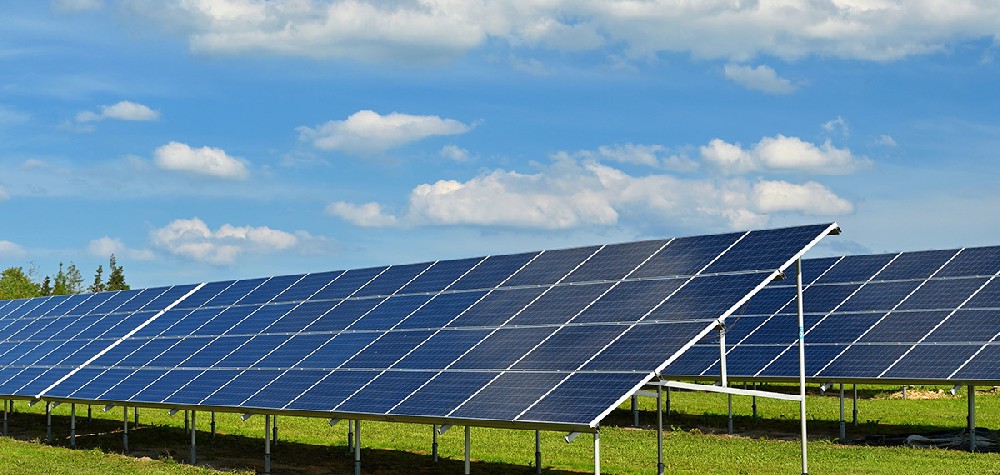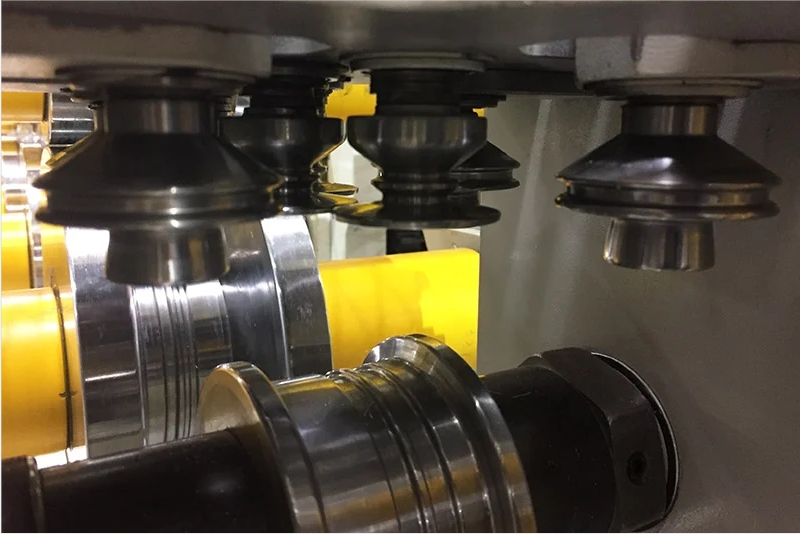Navigation Menu
Contact Us
- Email:
- info@wxavatar.com
- Address:
- Yurong Village, Yuqi Street, Huishan District, Wuxi, China.
Release Date:Jul 12, 2025 Visit:26 Source:Roll Forming Machine Factory
In the fast-evolving world of manufacturing, staying competitive often hinges on operational efficiency and the ability to meet market demands. For businesses involved in lighting production, a critical question arises: are equipment upgrades truly necessary to keep pace with today's demanding production lines? The answer, while nuanced, largely points towards the affirmative.

The Evolution of Lighting Manufacturing
The lighting industry has seen significant transformations. Consumer expectations for diverse designs, improved performance, and faster delivery have placed considerable pressure on manufacturers. Older equipment, while perhaps reliable in its time, may struggle to meet the precision, speed, and versatility required today. This isn't just about producing more units; it's about producing the right units, to the right specifications, with minimal waste and maximum consistency.
Key Indicators for Upgrade Necessity
Several factors can indicate that an equipment upgrade is not just beneficial, but potentially essential. If your current machinery frequently experiences downtime due to breakdowns or requires constant maintenance, this directly impacts production schedules and profitability. Similarly, if your equipment struggles to achieve the quality standards now expected in the market – perhaps leading to higher rejection rates or rework – an upgrade can address these issues at their root.
Furthermore, the inability to produce newer lighting designs or to integrate advanced materials can be a significant bottleneck. Modern lighting lines often require equipment capable of handling intricate component assembly, precise optical alignment, or specialized material processing. Outdated machinery may simply lack these capabilities, limiting your product development and market reach.
The Advantages of Modern Equipment
Investing in updated equipment offers a multitude of advantages. Modern machinery often boasts significantly higher production speeds and improved throughput, allowing manufacturers to meet larger orders and shorter deadlines more effectively. Enhanced automation features reduce the reliance on manual labor for repetitive tasks, freeing up your workforce for more skilled operations and potentially mitigating labor-related challenges.
Moreover, contemporary equipment often comes with advanced precision and control systems. This leads to a more consistent product, fewer defects, and a reduction in material waste, contributing directly to better operational margins. The ability to quickly reconfigure lines for different product variations or to adapt to new production techniques is another key benefit, offering the agility needed in a dynamic market.
Strategic Considerations
While the upfront cost of equipment upgrades can be substantial, it's crucial to view these investments through a long-term lens. Businesses should conduct a thorough cost-benefit analysis, factoring in not just the purchase price, but also potential savings from reduced downtime, lower waste, improved quality, and increased production capacity. The potential for increased market share due to enhanced product offerings and faster delivery times should also be considered.

Ultimately, meeting today's lighting line demands isn't solely about incremental improvements; it often requires a strategic shift towards more capable and efficient production assets. For many in the industry, equipment upgrades are not merely an option, but a necessary step to maintain competitive edge and ensure long-term viability.